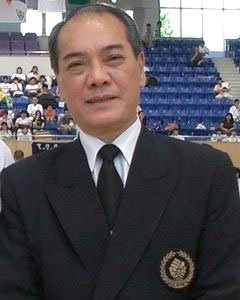 W
WJosé Martins Achiam (1944–2008) was a Portuguese born in Macau.
 W
WRafael Aghayev is an Azerbaijani Karateka. He is a five-time World Champion, and eleven-time European Champion in his discipline.
 W
WSteve Arneil is a prominent South African-British master of Kyokushin karate. He learned directly from Masutatsu Oyama and was a senior instructor in Oyama's International Karate Organization (IKO) until 1991, when he resigned from the IKO. Arneil is the founder and President of the International Federation of Karate (IFK), holds the rank of 10th dan, and holds the title Hanshi. He and his wife settled in the United Kingdom in 1965.
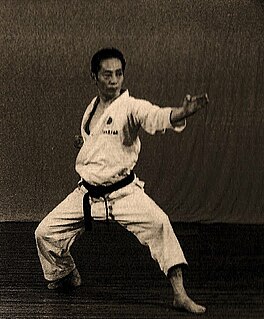 W
WTetsuhiko Asai was a prominent Japanese master of Shotokan karate of the Japan Karate Association (JKA), founder and Chief Instructor of the International Japan Martial Arts Karate Asai-ryu (IJKA), and founder of the Japan Karate Shoto Federation.
 W
WHideyuki Ashihara was a Japanese master of karate who founded Ashihara karate in 1980 with the emphasis on Sabaki. He is often attributed as one of the originators of the tai sabaki method. He was known for his weapon skills including shuriken and tonfa.
 W
WJohannes Cornelius Bluming was a Dutch martial artist, instructor and actor. Known as a pioneer in variety of martial arts, Bluming held 10th dan in Judo, 10th dan in Karate and 10th dan in Hapkido. He was also the coach of two-time Olympic champion Willem Ruska.
 W
WTeruo Chinen was a prominent Japanese master of Gōjū-ryū Karate. He founded the Jundokan International karate organization and held the title of Shihan. Chinen held the rank of 7th dan in karate.
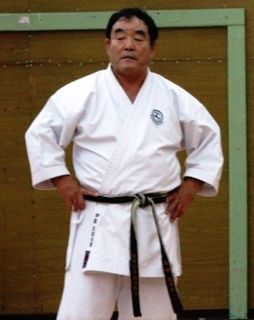 W
WFumio Demura is a well known Japanese master of karate and kobudo. He was Pat Morita's martial arts stunt double in the first, third and fourth Karate Kid films. Demura holds the rank of 9th dan in Shitō-ryū Karate.
 W
WToni Dietl is a German karateka, non-fiction author and former national coach in the Deutscher Karate Verband. He is a multiple winner of Karate World Championship and European Karate Championships medals. He is also the founder of the Kampfkunst Kollegium
 W
WShigeru Egami was a pioneering Japanese master of Shotokan karate who founded the Shōtōkai style. He was a student of Gichin Funakoshi, who is widely recognized as the founder of modern karate.
 W
WKeinosuke Enoeda was a Japanese master of Shotokan karate. He was a former Chief Instructor of the Karate Union of Great Britain. Enoeda was ranked 8th dan in Shotokan karate, and was widely renowned as a formidable karateka. Following his death, Enoeda was posthumously awarded the rank of 9th dan.
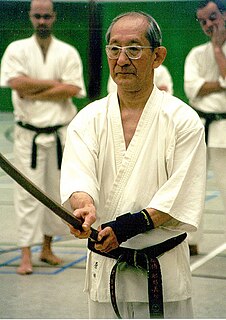 W
WMitsusuke Harada, MBE is a prominent Japanese master of Shotokai karate who introduced this martial art to Brazil and is now based in the United Kingdom. He founded the Karate-do Shotokai (KDS) organisation in 1965 and is its president. Harada holds the rank of 5th dan, personally awarded by Gichin Funakoshi in 1956.
 W
WMorio Higaonna is a prominent Okinawan karate practitioner who is the founder and former Chief Instructor of the International Okinawan Goju-ryu Karate-do Federation (IOGKF). He is a holder of the highest rank in Goju-ryu karate, 10th dan. Higaonna has written several books on Goju-ryu karate, including Traditional Karate-do: Okinawa Goju Ryu (1985) and The history of Karate: Okinawan Goju Ryu (2001). Martial arts scholar Donn Draeger (1922–1982) reportedly once described him as "the most dangerous man in Japan in a real fight."
 W
WShinobu “Shan” Ichiyanagi also known as "CANDYMAN" is a master Amezaiku or candy sculpture artist. As a party and event entertainer, he specializes in sculpting hot taffy-like candy into fantastic animals and objects using a palette of gemstone inspired candy colors. This traditional ancient Japanese folk art that originated in China has been practiced for over a 1000 years in Japan.
 W
WAnkō Itosu is considered by many the father of modern karate, although this title is also often given to Gichin Funakoshi because of the latter spreading karate throughout Japan but after Ankō sensei had introduced the art of Okinawate to the country.
 W
WNadine Joachim, b. Ziemer is a German Karateka and former Deutscher Karate Verband coach. She was a karate European champion and World Champion graduated with distinction from her training as a diploma trainer at the German Sport University Cologne. On December 7, 2006, she received from German Interior Minister Wolfgang Schäuble the Silberne Lorbeerblatt.
 W
WTaiji Kase was a Japanese master of Shotokan karate who was one of the earliest masters responsible for introducing this martial art into Europe. He taught his style of karate, Shotokan Ryu Kase Ha, in France from the late 1960s to the mid-1980s. In his later years, he travelled across the world teaching karate, but Paris remained his home. Kase held the rank of 9th dan in karate.
 W
WHajime Kazumi (born December 14, 1971) is a Japanese karateka. Born in Kanagawa prefecture, Kazumi is a karate fighter who played an active part in the full-contact karate tournaments hosted by Kyokushinkaikan from the early 1990s to the early 2000s.
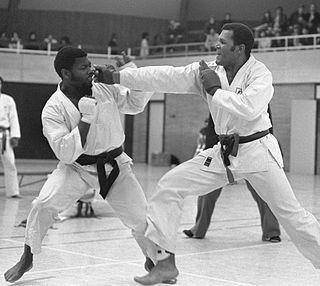 W
WLudwig Kotzebue is a retired Dutch-Surinamese heavyweight karateka. He won individual gold medals at the 1977 European Championships and 1981 World Games, and a team gold at the 1977 World Championships, together with Otti Roethof and John Reeberg.
 W
WAkira Masuda is a Japanese Kyokushin kaikan karateka. In March 1991 he completed the 100 man kumite supervised by Mas Oyama.
 W
WShokei Matsui , also known by his Korean name of Moon Jang-gyu, is a South Korean martial artist in Japan. He is the master of Kyokushin karate and current Kancho (Director) of the International Karate Organization Kyokushin-kaikan, only faction of the International Karate Organization (IKO) founded by Mas Oyama (1923–1994).
 W
WPat Mckay is a Scottish karateka. He has a fifth Dan black belt in karate and is the winner of multiple World Karate Championships in 1982 and 1984.
 W
WTakayuki Mikami is a Japanese master of Shotokan karate based in the United States of America. He holds the rank of 9th dan black belt in the art, awarded under the Japan Karate Association. In 1958, Mikami tied for first place in the All Japan Karate Championships. The following year, he became the All Japan champion in kumite (sparring) as well as kata (patterns). In 1961, Mikami won first place in kata again. He was also the first person to graduate from the Japan Karate Association's (JKA) instructor training program instituted by Gichin Funakoshi and Masatoshi Nakayama.
 W
WTatsuya Naka is a Japanese master of Shotokan karate. He is a full-time instructor of the Japan Karate Association. He holds a 7th dan from JKA. He has also starred in films such as Kuro Obi, High Kick Girl! and Karate Girl.
 W
WTadashi Nakamura is the founder and Kaicho (chairman) of World Seidō Karate Organization headquartered in New York City.
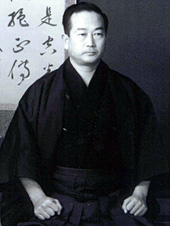 W
WMasatoshi Nakayama was an internationally famous Japanese master of Shotokan karate. He helped establish the Japan Karate Association (JKA) in 1949, and wrote many textbooks on karate, which served to popularize his martial art. For almost 40 years, until his death in 1987, Nakayama worked to spread Shotokan karate around the world. He was the first master in Shotokan history to attain the rank of 9th dan while alive, and was posthumously awarded the rank of 10th dan.
 W
WSeiji Nishimura , Kumamoto Prefecture, Japan) he is a Japanese karateka. He has a 7th.Dan black belt in Wadō-ryū karate and is the national trainer of the Japan Karatedo Federation (JKF).
 W
WHidetaka Nishiyama was a prominent Japanese master of Shotokan karate. He was an internationally recognized instructor, author, and administrator, and helped to establish the Japan Karate Association. Nishiyama was one of the last surviving students of Gichin Funakoshi, founder of Shotokan karate. He was based in the United States of America from 1961 until his death in 2008, and was a pioneer of karate in that country. He had been posthumously awarded the rank of 10th dan in karate.
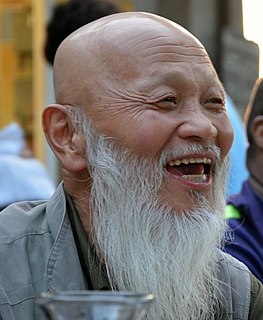 W
WHideo Ochi is a Japanese master of karate. He is ranked 9th Dan, and is a former Japan Karate Association (JKA) World Champion in kumite (sparring) and kata (patterns). He was also coach of the German national team and Chief Instructor for JKA Europe. In 1997, he received the Order of Merit of the Federal Republic of Germany.
 W
WTsutomu Ohshima is a prominent Japanese master of Shotokan karate who founded the organization Shotokan Karate of America (SKA). He is the Shihan of the SKA, and to this day holds the rank of 5th dan, which was awarded to him by Gichin Funakoshi. Ohshima’s branch of the Shotokan world has become known as “Shotokan Ohshima Karate-do.”
 W
WWayne Otto OBE he is a British karateka. He has a 5th Dan black belt in karate and is the winner of nine World Karate Championships and is in the Guinness World Records for winning the most Karate medals. In 2012 Wayne became the head coach of the Norwegian Karate Federation.
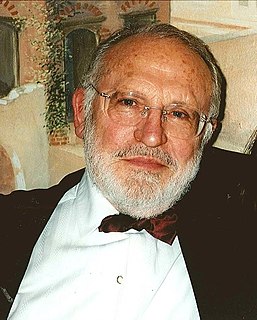 W
WHenry Plée was a French martial artist who is considered as the 'father of European and French karate'. He was one of the rare 10th dan karate masters living outside Japan, and one of the few Westerners who held this rank. At the time of his death, Plée was also the oldest and highest karate ranking Westerner alive, with more than 60 years of fighting arts, including 50 in martial arts. He was a pioneer in introducing karate to France and Europe, and has taught most of today's highest ranking karate masters in Europe.
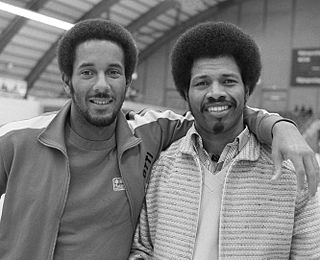 W
WOtti Roethof is a former Dutch karateka.
 W
WJosé Manuel Guerreiro Santana is a Portuguese karateka, twice world champion in kumite.
 W
WKatsutoshi Shiina is a Japanese master of Shotokan karate. He has won the JKA's version of the world championships for kata. He has also won the JKA All-Japan championships for kata on 2 occasions and for kumite on 3 occasions. He is currently an instructor of the Japan Karate Association.
 W
WHiroshi Shirai is a Japanese master of Shotokan karate. He is the founder of the Istituto Shotokan Italia, a subdivision of FIKTA and of the SCI. Shirai holds the title of Shihan and is responsible for taking the dan examinations within SCI and, together with Carlo Fugazza, for those within the FIKTA.
 W
WMatsumura Sōkon was one of the original karate masters of Okinawa. The years of his lifespan are reported variously as c.1809-1901 or 1798–1890 or 1809–1896 or 1800–1892. However, the dates on the plaque at Matsumura's tomb, put there by Matsumura's family, clearly state that he was born in 1809 and died in 1899.
 W
WTatsuo Suzuki Yokohama, Japan was an 8th Dan Japanese karateka instrumental in spreading the martial art of Wadō-ryū karate to Europe and the United States.
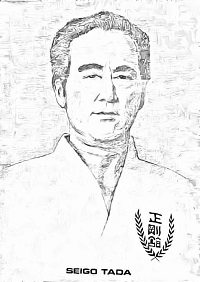 W
WSeigo Tada was the founder of Goju-Ryu Seigokan Karatedo.
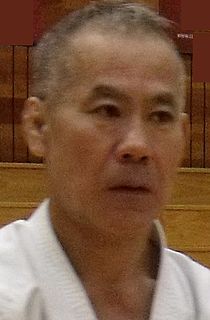 W
WMasaji Taira is a leading teacher of Okinawa Goju Ryu Karate Do, and head of the Okinawa Gojuryu Kenkyu Kai. His teacher was Eiichi Miyazato, a student of Chojun Miyagi and the founder of the Okinawan Jundokan dojo. Taira's karate is that of his teacher and the Jundokan, with the addition of his novel approach to the application of the kata.
 W
WRonald Stewart Watt OBE is a Scottish master of Shotokan karate. He is the founder, president and chief instructor for the "National Karate Institute Scotland" a member of the World Karate Confederation (WKC).